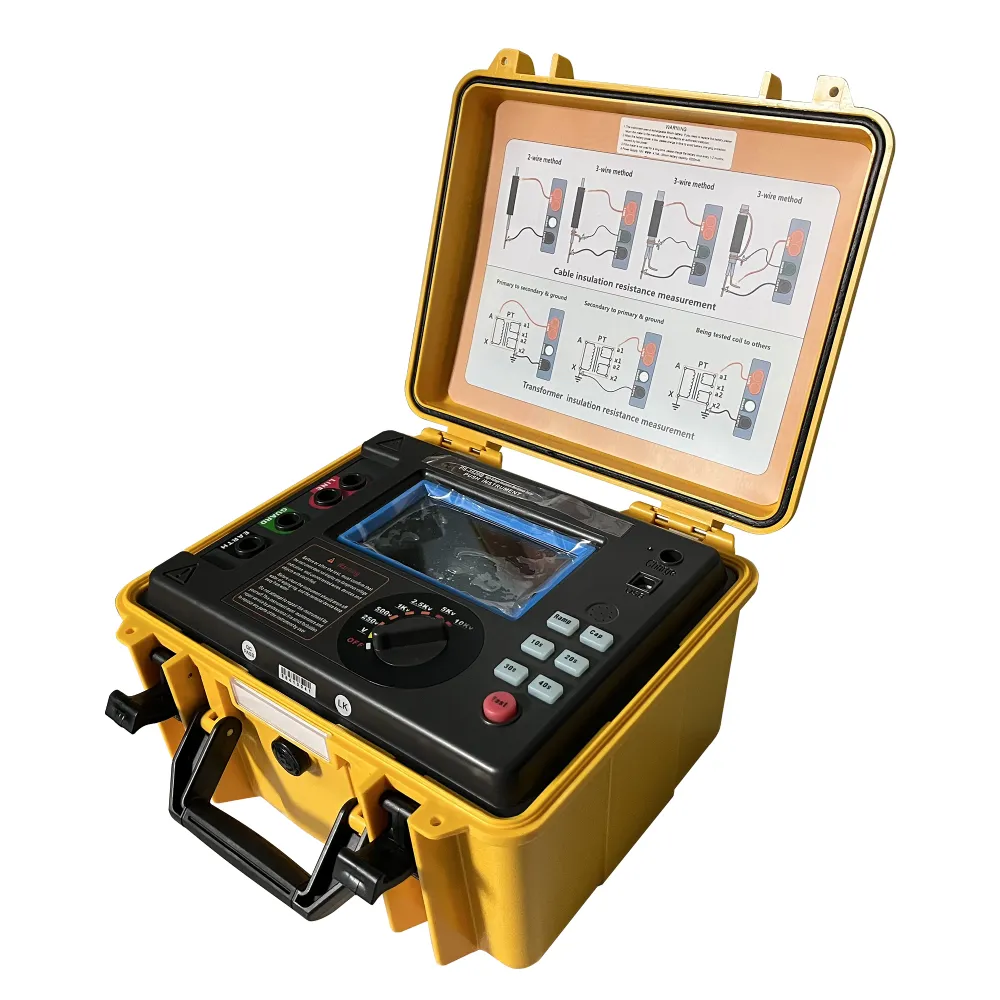 English
English


Fundamental Principles and Applications of Gas Chromatography in Modern Analytical Chemistry Techniques
Gas Chromatography Instrumental Analysis and Applications
Gas chromatography (GC) is a powerful analytical technique used to separate and analyze compounds that can be vaporized without decomposition. It is widely employed in various fields, including environmental monitoring, pharmaceuticals, food and beverage testing, and petrochemical analysis. The fundamental principle of gas chromatography is based on the partitioning of vaporized samples between a stationary phase and a mobile phase.
The Basics of Gas Chromatography
The gas chromatography system consists of several essential components a carrier gas, a sample injector, a column, a detector, and a data acquisition system. The carrier gas, typically helium or nitrogen, serves as the mobile phase, transporting the vaporized sample through the column. The sample injector introduces the liquid sample into the carrier gas stream, where it is immediately vaporized.
The column, which is the heart of the gas chromatography system, is packed with a stationary phase. This phase can be either a solid or a liquid that is coated onto an inert substrate. As the sample travels through the column, the different components in the mixture interact with the stationary phase to varying degrees, leading to differential retention times. Compounds with lower affinity for the stationary phase elute from the column faster than those with higher affinity.
The detector is critical for identifying and quantifying the compounds as they exit the column. Common detectors include flame ionization detectors (FID), thermal conductivity detectors (TCD), and mass spectrometers (MS). Each type of detector has its own strengths, making it suitable for various applications. After detection, the data acquisition system records the results, producing a chromatogram that displays the time of elution plotted against the detector response.
Applications of Gas Chromatography
gas chromatography instrumental analysis

Gas chromatography is utilized in various sectors due to its efficiency and precision. In the environmental field, GC is employed to detect pollutants in air, soil, and water, helping regulatory agencies monitor pollution levels and ensure public safety. In the food industry, it is used to analyze flavor compounds, additives, and contaminants, ensuring that products meet quality standards. For pharmaceuticals, GC is crucial in determining the purity of compounds and in analyzing residual solvents in drug formulations.
One of the notable applications of gas chromatography is in forensic science, where it is used to analyze substances found at crime scenes, such as drugs, explosives, and toxic substances
. The ability to separate and identify complex mixtures with high resolution makes GC a valuable tool for forensic analysts.Advantages and Challenges of Gas Chromatography
Gas chromatography offers several advantages, including high resolution, speed, and sensitivity. It can analyze complex mixtures with minimal sample preparation, making it a preferred choice in many laboratories. Additionally, the automation of GC procedures allows for high-throughput analysis, significantly increasing laboratory productivity.
However, gas chromatography does have limitations. It is primarily suitable for volatile and thermally stable compounds, which excludes many biomolecules and larger organic compounds. Moreover, the need for vaporization can lead to thermal degradation of sensitive compounds. In such cases, derivatization may be necessary to make the samples amenable to GC analysis.
Conclusion
In conclusion, gas chromatography stands as an essential technique in instrumental analysis, providing invaluable insights across various scientific disciplines. Its versatility and performance render it indispensable for accurate and reliable analysis of volatile substances. As technology advances, developments like comprehensive two-dimensional gas chromatography (GC×GC) and hyphenation with mass spectrometry are likely to enhance the capabilities of GC, allowing for even more sophisticated analyses in the future.
-
Differences between open cup flash point tester and closed cup flash point testerNewsOct.31,2024
-
The Reliable Load Tap ChangerNewsOct.23,2024
-
The Essential Guide to Hipot TestersNewsOct.23,2024
-
The Digital Insulation TesterNewsOct.23,2024
-
The Best Earth Loop Impedance Tester for SaleNewsOct.23,2024
-
Tan Delta Tester--The Essential Tool for Electrical Insulation TestingNewsOct.23,2024





